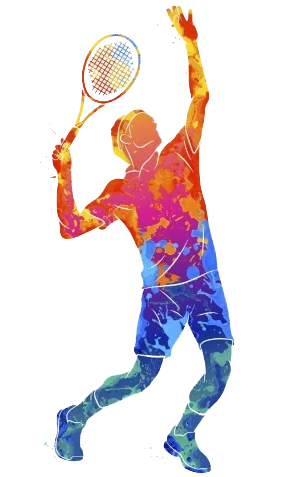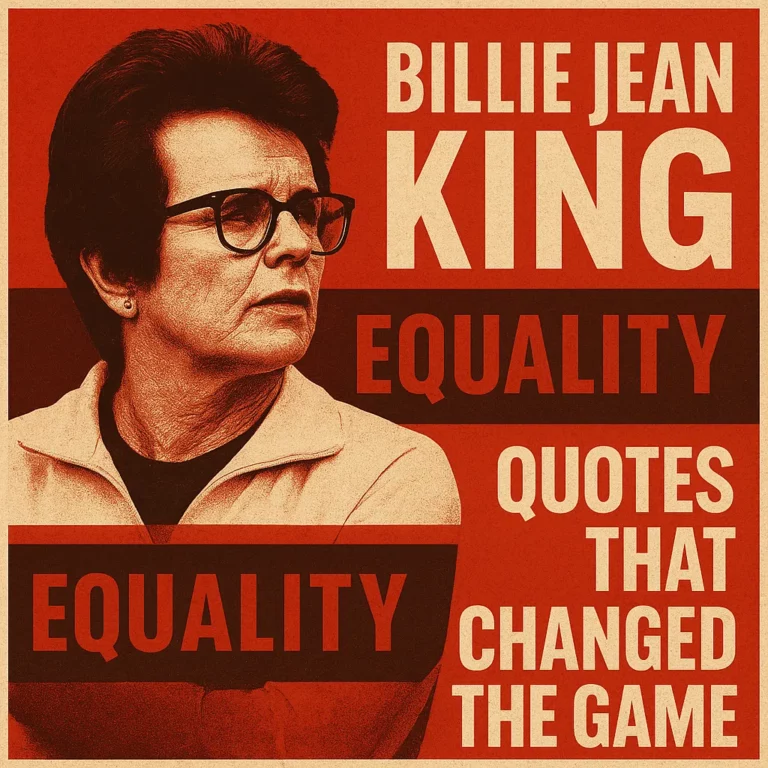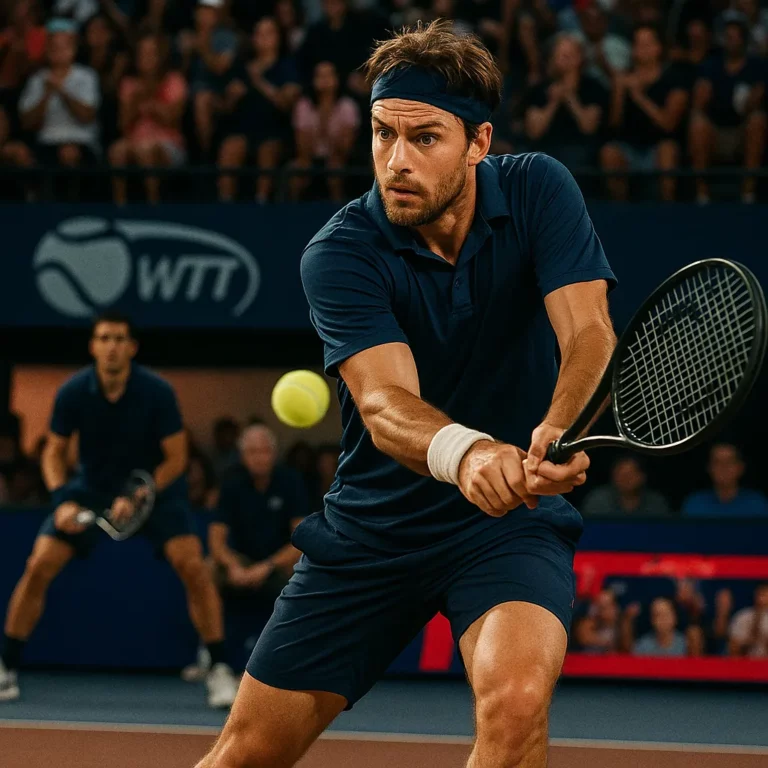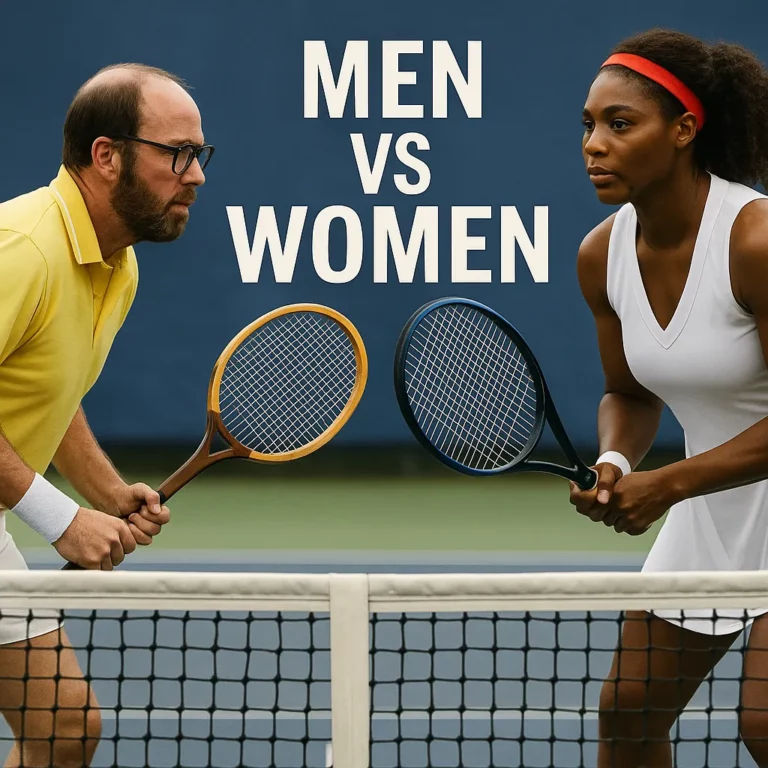What Is World TeamTennis? The League That Changed the Game

Traditional tennis is about solo grit, head-to-head rivalries, and individual stats. But what if tennis could be a team sport—with real strategy, mixed-gender competition, and dramatic point-by-point action? That’s the bold concept behind world team tennis (WTT), a groundbreaking league founded in 1974 by Billie Jean King and her allies.
With a unique structure and a mission rooted in equality and excitement, WTT offers an experience that’s fast-paced, inclusive, and totally different from ATP or WTA tours.
The Birth of World TeamTennis: Where Teams Come First
Launched in 1974, world team tennis flipped the tennis script. Instead of solo athletes chasing titles, it formed mixed-gender teams where men and women compete side by side. Each player contributes to a shared score, and prize money is distributed equally across genders—a revolutionary approach decades ahead of its time.
While the sports world was still stuck in rigid gender divides, WTT pushed a different vision: equal matches, equal pay, and collaborative gameplay. The league set a standard that modern sports are only now starting to catch up with.
How the Format Works: Every Game Counts
Unlike traditional tennis, a WTT match isn’t about best-of-three sets. Here’s how it plays out:
Each team fields players across five categories:
- Men’s singles
- Women’s singles
- Men’s doubles
- Women’s doubles
- Mixed doubles
Each of these mini-matches plays to five games (no tiebreaks). The total number of games won across all five matches determines the team winner.
That means every game, even in a losing set, matters. A team down 5–3 can still make a comeback in the next matchup. The score never resets—momentum swings and comeback narratives are built into the format. This constant tension keeps fans hooked from start to finish.
What Is the King Set Match Rule?
The king set match rule is one of WTT’s most thrilling features. If, after all five sets, the trailing team wins the final match and narrows the gap to four or fewer games, the match enters “Extended Play.”
This sudden-death scenario continues until:
- The leading team wins one more game (and thus the match),
- Or the trailing team catches up, triggering a super tiebreak to decide the winner.
The king set match system ensures no lead is ever truly safe, and no match is over until the very last point is played. For fans, this rule turns the final set into a dramatic climax worthy of highlight reels.
A Look Back: Why World Team Tennis 2017 Mattered
Ask any longtime WTT fan and they’ll likely point to world team tennis 2017 as a key moment in the league’s evolution. That season marked a rebirth of sorts—new branding, wider media exposure, and a return to competitive intensity.
Highlights from world team tennis 2017 include:
- The New York Empire made a splash with tennis legend John McEnroe as coach.
- The Orange County Breakers claimed the championship title, showcasing balanced team depth.
- Stars like Frances Tiafoe began gaining visibility through WTT, showing how the league nurtures emerging talent.
- ESPN and Tennis Channel amped up coverage, boosting mainstream interest.
The 2017 season was a reminder that team tennis wasn’t just a fun experiment—it was a serious stage for top-level talent.
What Was Mylan Team Tennis?
Between 2012 and 2017, the league was officially known as mylan team tennis, named after its title sponsor, Mylan Pharmaceuticals. This period brought fresh energy, modernization, and expansion.
Key contributions from the mylan team tennis era:
- Enhanced broadcast quality and online streaming access
- Updated visual branding and marketing strategies
- Youth education initiatives and tennis accessibility programs
- A broader focus on gender and social inclusion in sport
Even though Mylan is no longer a sponsor, many still refer to the league during this era as mylan team tennis, recognizing it as a time of significant growth and reform.
Why World TeamTennis Is More Than Just Entertainment
Critics sometimes dismiss WTT as a flashy side show—but that ignores the league’s deeper impact. World team tennis has consistently served as a platform for change. It has proven that:
- Mixed-gender teams can function competitively at the professional level
- Equality isn’t a slogan, it’s part of the scoreboard
- Diverse formats can draw in wider audiences without compromising quality
Many athletes use WTT as a launchpad. Young players gain crucial match experience while playing alongside (or against) established names. The team environment also builds confidence and teaches collaboration—skills often missing in the solo-dominated world of tennis.
World TeamTennis Today: Still Evolving
After adapting to pandemic challenges in 2020 by centralizing events in a single location, world team tennis came back stronger. With renewed interest among younger fans, boosted by social media coverage and streaming options, WTT is tapping into a new era of tennis viewership.
The league now prioritizes:
- Digital-first strategies to engage online audiences
- Emphasis on inclusivity and social awareness
- Bringing in new franchises and global partnerships
It’s not just surviving—it’s adapting to a sports world that’s changing fast. And it continues to showcase the values it started with: equality, excitement, and inclusion.
Rethinking the Game
So, what is world team tennis really? It’s a modern reimagination of how tennis can be played—and experienced. It’s about leveling the court, not just in score, but in opportunity.
Forget the endless solo grudge matches. If you’re ready for a faster pace, real-time strategy, and a fresh take on tennis, this is the format to watch. WTT doesn’t just offer competition. It offers transformation.






